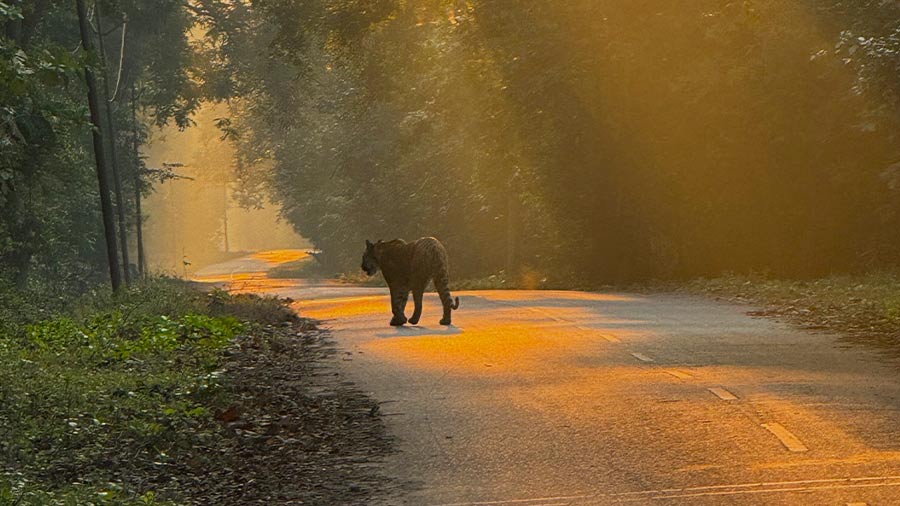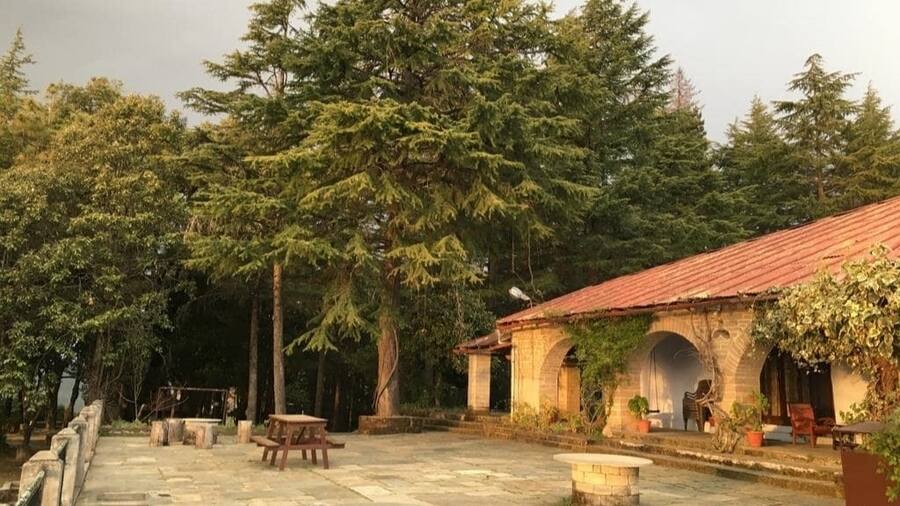It’s a homecoming of sorts. Quinine was the most effective antidote for malaria, the bane of British troops and officers in India and other British colonies. Quinine morphed with carbonated water to become tonic water, and was blended with gin to create a popular cocktail at British Gentleman’s clubs across the Raj – the Gin and Tonic. Gins have made a stunning comeback in the 21st century and one of the many facets of the international gin resurgence is India’s very own gin renaissance (or shall we say ‘ginaissance’). Craft gins are reshaping India’s gin landscape with Indian gins winning accolades across the world. Mixologists are weaving magic with them, and Indian gins now occupy pride of place in many home bars across the country.
India’s moment in the sun
“It’s time to drink your gin neat”.
Kumaon & I is the brainchild of Ansh Khanna and Samarth Prasad, who are very confident about the quality of their debut gin. It’s why they encouraged me to try their gin with an equal amount of tonic water and soda water with a splash of lemon. Most times, we tend to think of gin as a cocktail spirit. We spent an entire afternoon at their distillery discussing the finer nuances of gin. Kumaon & I is the first product to roll out of the Himmaleh Spirits distillery in Uttarakhand’s Kumaon region.
Farm to bottle
This all-natural Himalayan dry gin celebrates the unique terroir and rich flavours of Uttarakhand’s Kumaon region. With a focus on farm-to-bottle and sustainable sourcing, Kumaon & I is made from fresh Himalayan spring water and a unique selection of 11 regional botanicals that are slowly distilled at source for nine hours — to extract the maximum flavour, lending a distinct texture to the spirit. Himalayan Juniper is now on the global radar. This gin is crafted with a selection of Himalayan botanicals, including a unique strain of Himalayan Juniper. But it’s the Timur, a berry-like Szechuan pepper that infuses a delightful fusion of fruitiness and spice, and black turmeric, cultivated at an altitude of over 10,000 feet that grabbed my attention.

The all-natural Himalayan dry gin, made at this distillery, celebrates the unique terroir and rich flavours of the Kumaon region Himmaleh Spirits
It’s India’s rich array of local spices and ingredients that open up a plethora of possibilities in terms of botanicals for India’s burgeoning gin industry. For instance, Ansh and Samarth work closely with a community of farmers, foragers and harvesters. Even the bottle design draws inspiration from the traditions and culture of the Kumaon community. The colours (white and red) trace their roots to Aipan, a local hand-painted art form drawn on a smooth surface of wet ochre mud (geru), which is red. A white paste (bisvar), made by grounding cooked rice in water, is used by women to draw patterns on this surface.
Millennials reshaping the global spirits landscape
Ansh and Samarth believe that a younger generation of more evolved Indian spirit aficionados are looking for deeper experiences to connect with community. I recently interacted with Dr Bill Lumsden, director of Distilling; Whisky Creation & Whisky Stocks of Glenmorangie, based in Scotland, who reiterated that the old-fashioned image of a silver-haired gentleman seated on a leather armchair in a club has been smashed forever. While Lumsden’s observations revolve around how Scotch whisky trends have evolved, it holds good for the global spirits industry at large. According to him, the younger audience travel more, seek more experiences and are open to new tastes. We’re likely to see more distillers move towards sustainable business practises, energy efficiency and carbon neutrality to appeal to a more evolved and more socially responsible consumer. Himmaleh’s farm-to-bottle pitch is part of this emerging global phenomenon.
Magical sighting

The Jim Corbett National Park is also a treasure trove for birds, with close to 600 species sighted Ashwin Rajagopalan
The Himmaleh Spirits distillery is gearing up for distillery visits where gin aficionados can understand the distilling process and the role of local botanicals. But that’s not the only reason to make the trek to Uttarakhand. The distillery is close to India’s first ever National Park. It was Hailey National Park (named after William Malcolm Hailey, the governor of the United Provinces back then) when it was established in 1936. It was renamed the Jim Corbett National Park in 1956 after one of India’s best-known naturalists. It was also the first park to be covered by the Project Tiger initiative. With over 250 tigers, Corbett is home to the greatest number of tigers in any of India’s 54 tiger reserves, yet spotting a tiger is still a rare sight. The park is also a treasure trove for birds with close to 600 species.

A tiger at golden hour Ashwin Rajagopalan
It was just after sunrise, the golden rays of light that filtered through the lush green vegetation to create a golden glow sorts. The perfect spotlight for a tiger to walk the ramp – albeit briefly. It was a magical sighting. I’ve spotted a tiger at closer quarters before, but this was extra special. A tiger sighting in the wild after a distillery visit is not something you are likely to experience in too many parts of the world. It’s one more reason why India’s gin industry is likely to chart its own, unique course drawing on local experiences and celebrating local ingredients.


